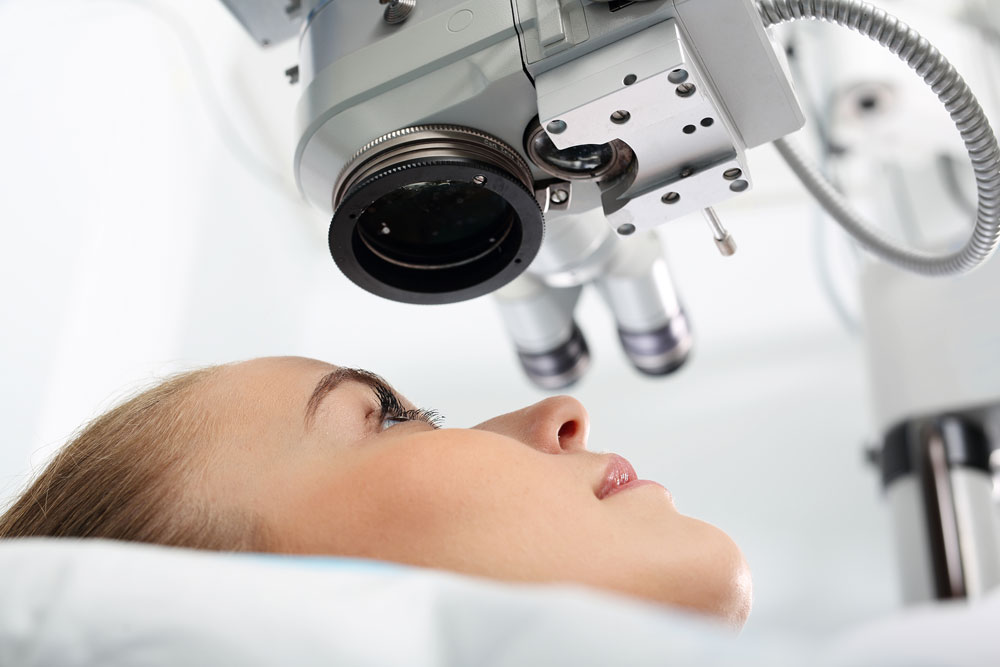Presbyopia Symptoms, Causes, & Treatments
Presbyopia Overview

What Causes Presbyopia?
The cornea—the clear front part of the eye—and the lens inside the eye work together to bring the light that enters the eye into sharp focus onto the screen in the back of the eye–the retina.
The lens in your eye is one of the parts of the body that continues to grow and get denser throughout life. As time passes, it begins to harden and becomes less flexible, making it harder and harder for your eye’s focusing muscles to bring the light from nearby objects into proper focus on the retina.
Signs That It’s Time for Presbyopia Treatment
- Frequently holding reading material farther away to see letters clearer.
- Blurred vision at normal reading distance
- Headaches or eye strain from reading or doing close work
Find Your Presbyopia Solution
You can’t stop aging, but that doesn’t mean you have to settle for poor vision. Many adults choose solutions such as reading glasses, prescription bifocals, or multifocal contact lenses. Some patients may even use contact lenses to bring one eye into focus for near objects and the other eye into focus for distant objects–a strategy called “monovision”. Some should consider laser vision correction–refractive surgery.
Some patients may be good candidates to treat their presbyopia with a simple eye drop, called Vuity. This easy-to-use prescription eye drops improves your up-close vision by reducing your pupil size and helping the eye’s focusing muscles contract.
Not sure which is best for you? Start with a consultation.
Related Services
Stay proactive about your eye health—it’s the best way to preserve clear vision or correct issues.
Explore all your laser vision correction options at a location near you.
Let's Get Started
When It Comes To Eye Health, We’re Your MVP






